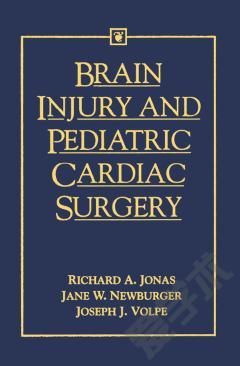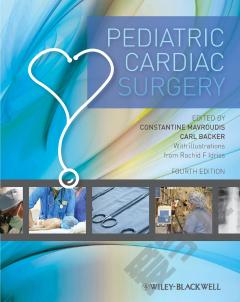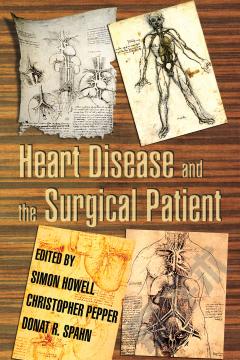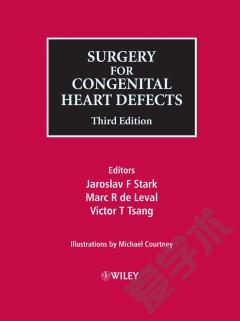Brain Injury and Pediatric Cardiac Surgery
PART I DEVELOPMENT OF THE CENTRAL NERVOUS SYSTEM: Brain Development and its Relationship to PAtterns of Injury Maturation of Brain ATP Metabolism EEG Maturation with Special Reference to Epiletogenic Effects of Hypoxia Programmed Cell Death The Biology of Cell Death in the Nematode Caenorhabditid elegans and Implications for the Understanding and Treatment of Human Brain Injury after Cardiac Surgery. PART II ASSESSMENT OF CNS FUNCTION: The Neurological Examination Cognitive and Psychomotor Developmental Assessment EEG Methods with PArticular Reference to Neonatal Seizures Transcranial Doppler Technology: The Noninvasive Monitoring of Cerebral Perfusion During Cardiopulmonary Bypass PET and SPECT in the Assessment of Cerebral Function Brain Monitoring Using Optical Imaging and Optical Spectroscopy Assessment of CNS Function: Cerebral Blood Flow and Metabolism Cerebral Evaluation with Nuclear Magnetic Resonance Spectroscopy. PART III MECHANISMS OF NEUROLOGICAL INJURY: Mechanisms of Perinatal Ischemic Brain Damage Endothelial and White Cell Activation in Bypass and Reperfusion Injury: Brain Injury Excitotoxicity and Nitric Oxide. PART IV CLINICAL AND LABORATORY STUDIES OF CARDIOPULMONARY BYPASS, HYPOTHERMIA AND CIRCULATORY ARREST: A Newborn Canine Model of Hypothermic Circulatory Arrest Effects on CPB, Hypothermia and Circulatory Arrests on Cerebral Blood Flow and Metabolism Assessment by NMRS of the Effects of Cardiopulmonary Bypass, Hypothermia and Circulatory Arrest pH MANAGEMENT During Hypothermic Cardiopulmonary Bypass with Circulatory Arrest. PART V A PROSPECTIVE CLINICAL STUDY OF CIRCULATORY ARREST AT CHILDREN'S HOSPITAL, BOSTON: Methods and Procedures EEG Findings Neurologic and MRI Findings Developmental Findings at One Year Choreoathetosis. PART VI NEW STRATEGIES FOR CEREBRAL PROTECTION: New Strategies for Brain Protection Including NMDA Receptor Antagonists Cerebropelagia and Low Flow Pharmacological Modification of a Cerebroplegia Solution
{{comment.content}}








 京公网安备 11010802027623号
京公网安备 11010802027623号